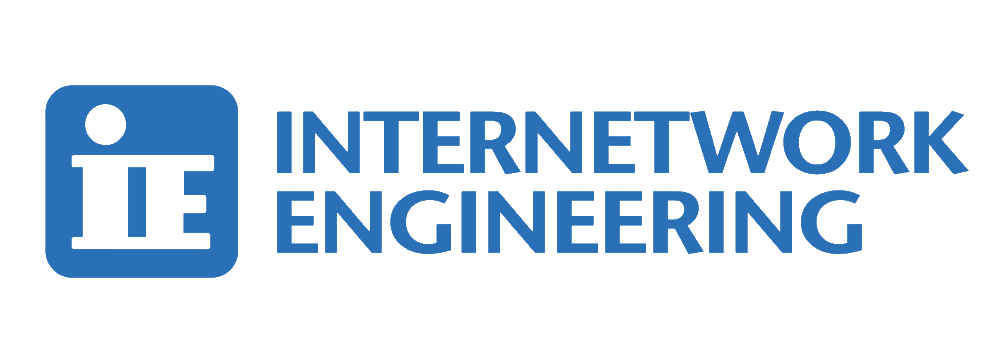When it Comes to Patients, Engagement is Empowerment
Patient engagement is a hot topic for both healthcare professionals and patients. Why, you ask? Because the ultimate goal of healthcare professionals is empowered patients, and improving health outcomes with increased patient engagement is a great way to do just that.
Every patient today wants to feel empowered and in charge -- over 92% of surveyed patients said they wanted a say in their healthcare decisions, and 24% said they wanted to be completely in charge of their own health decisions.
But what exactly is patient engagement?
The Center for Advancing Health defines it as “actions people take for their health to benefit from their healthcare.” Although it’s a bit simplified and there isn’t one universal definition for patient engagement just yet, two things are becoming more certain:
- Increased patient engagement correlates directly with improved health outcomes
- Information technologies can help boost patient engagement
How Can Engagement and Technology Improve Health Outcomes?
According to Judith Hibbard, a researcher from the Health Policy Research Group at the University of Oregon, “People that are actively engaged in their healthcare are more likely to stay healthy and manage their conditions, follow treatment plans, eat right, exercise and receive health screenings and immunizations.” More engaged patients also tend to have a healthier BMI, remember to take daily medications and ask more questions about their care.
In addition to improved health, the increase in today’s consumer-driven healthcare plans is also helping engaged patients save on healthcare costs. The Employee Benefit Research Institute states that these high-deductible plans are forcing patients to be more in-tune with their provider, almost like a partnership in a sense, making them more conscious about things like checking whether their plan will cover care, asking for generic substitutes over brand name prescription drugs and bringing up the subject of cost more often with their physicians.
As for how technology can improve patient engagement and health outcomes, according to Summer Allen, family physician for the Mayo Clinic in Rochester, MN, “Technology has the ability to automate many things and when we utilize it to help with these tasks, it can potentially open the doors to opportunities for us in healthcare to engage with our patients in meaningful conversations on what health means to them.”
For most health professionals, it’s become clear that the biggest benefits of patient technology come from breaking down communication barriers for patients. To break these barriers, clinicians across the country have begun using more patient portals, secure messaging apps, and social media. Because patients want to know what’s going on with their health: they want to be able to view doctor’s notes, track their health status and schedule appointments online without having to talk to a receptionist. Effective patient technology isn’t just about what people should do for their health, it’s about how to make it easier for them to do the right thing for their health.
According to Accenture, 90% of patients welcomed web-based “self-service” options like online scheduling, prescription refills, and access to health information. By simply giving patients the resources they want and need to better track and monitor their conditions, health professionals help drive patient self-management, leading to informed, engaged and healthy patients.
When it comes to empowering patients, engagement is key. Patients want to be engaged in their healthcare decision-making process, and those who are tend to have better health outcomes. Once the trust behind a healthy partnership between patient and clinician is established, everyone benefits. Clinicians receive more money in reimbursements from insurance companies, patients have higher satisfaction scores, and most importantly, they’re more in-tune with what they need to do to stay healthier. After all, a healthy, engaged patient is an empowered patient!



